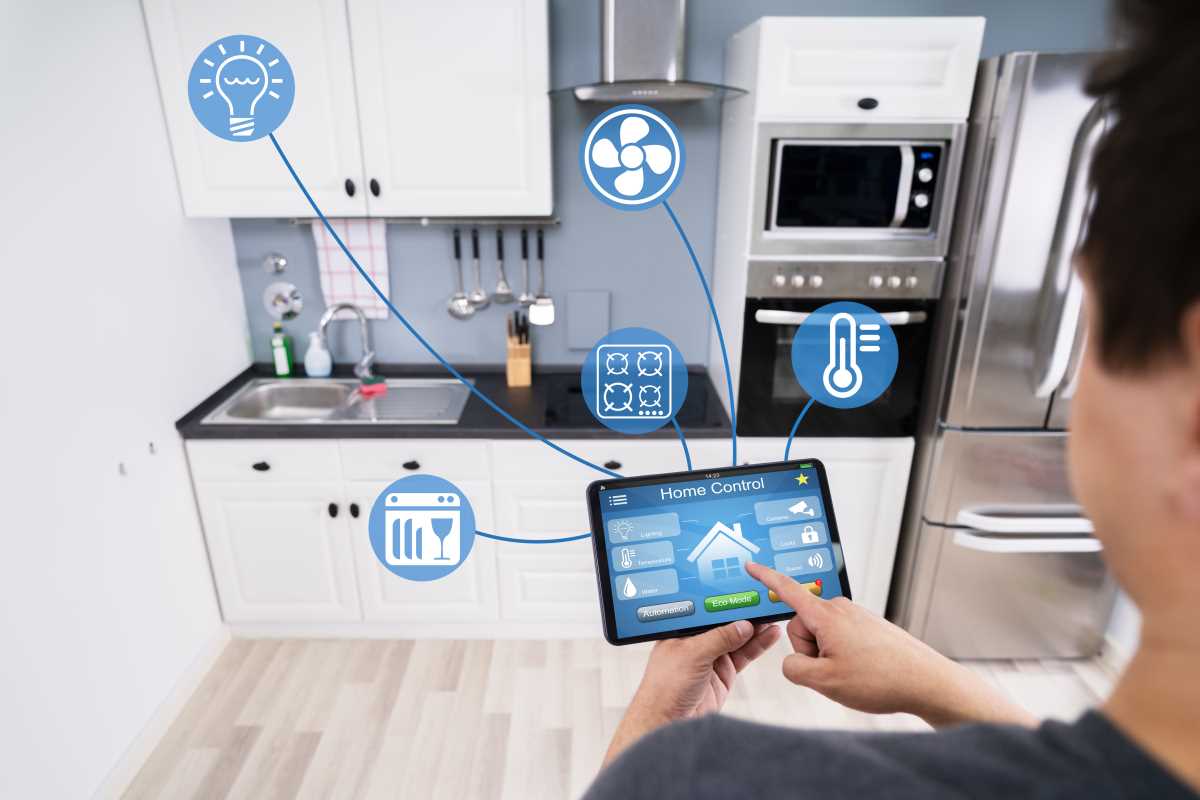Managing your lights, adjusting the thermostat, and monitoring your security system — all from a single app on your smartphone — is no longer a futuristic dream but an everyday convenience for many. This level of seamless control is made possible by networking protocols, the often-overlooked backbone of smart home automation. While familiar names like Wi-Fi and Bluetooth tend to dominate discussions, a range of lesser-known protocols offer unique advantages for modern smart home setups. These alternatives can deliver specialized features that meet specific needs, helping create a more personalized, efficient, and responsive smart living experience.
What Are Networking Protocols?
Networking protocols are sets of rules that allow devices to communicate with each other. In the context of smart homes, these protocols enable various devices to connect, share data, and work together seamlessly. Here are some common networking protocols you might already know:
- Wi-Fi: Widely used for internet connectivity in smart devices.
- Bluetooth: Commonly used for short-range connections between devices.
- Zigbee: Popular for low-power, mesh networking in smart home devices.
While these protocols are effective, exploring lesser-known options can open up new possibilities for smarter and more efficient home automation.
Underutilized Protocols in Smart Home Automation
- Thread:Thread is a low-power, wireless mesh networking protocol designed specifically for smart home devices. Unlike Wi-Fi, Thread creates a secure and reliable network by allowing devices to communicate directly with each other, which reduces the need for a central hub.
- The primary benefit of Thread is its robust security features and efficient battery usage, making it ideal for devices like door locks and sensors that require long battery life.
- EnOcean:EnOcean is a wireless protocol that uses energy harvesting to power devices. This means devices can operate without needing batteries or external power sources, making installation easier and more sustainable.
- EnOcean works perfectly for retrofitting older homes with smart technology, as it eliminates the need for extensive wiring or frequent battery replacements.
- MQTT:MQTT (Message Queuing Telemetry Transport) is a lightweight messaging protocol ideal for small sensors and mobile devices. It operates on a publish-subscribe model, which allows for efficient data transmission and scalability.
- Using MQTT can improve your smart home by enabling real-time communication between a wide range of devices, from environmental sensors to smart appliances.
- CoAP:CoAP (Constrained Application Protocol) is designed for simple, low-power devices. It is internet protocol-based and allows devices to communicate efficiently over the internet, making it suitable for integrated smart home systems.
- CoAP's efficiency and ease of integration make it a strong candidate for expanding your smart home network without overloading your existing infrastructure.
Benefits of Using Lesser-Known Protocols
Exploring underutilized networking protocols can significantly enhance the functionality and reliability of your smart home. For instance, using Thread can provide a more secure and resilient network compared to traditional Wi-Fi setups. Its mesh networking capability ensures that if one device fails, others can continue to communicate, maintaining the overall stability of your smart home system.
EnOcean’s energy-harvesting technology reduces the need for batteries and promotes a greener approach to home automation. This can lead to lower maintenance costs and a more sustainable smart home environment. Protocols like MQTT and CoAP offer greater flexibility and scalability, allowing you to add more devices without compromising performance.
Challenges in Implementing These Protocols
While the benefits are enticing, adopting lesser-known protocols can come with its own set of challenges. One major hurdle involves compatibility; not all smart home devices support these alternative protocols, which might limit your choices or require additional hardware to bridge different networks. Furthermore, the availability of resources and community support for troubleshooting can be limited compared to more established protocols.
Another challenge is the initial setup complexity. Protocols like Thread and CoAP might require a deeper understanding of networking concepts, potentially making the installation process more daunting for those without technical expertise. As these protocols gain popularity, it's expected that more user-friendly solutions and support will become available.
Comparing with Popular Protocols
When compared to popular protocols like Wi-Fi and Zigbee, these underutilized options offer unique advantages. For example, unlike Wi-Fi, which can become congested with numerous devices, Thread’s mesh network ensures efficient communication without overloading any single device. This results in a more stable and responsive smart home environment.
Compared to Zigbee, which operates on a similar mesh network principle, EnOcean stands out by eliminating the need for batteries through energy harvesting. This not only simplifies device maintenance but also enhances the sustainability aspect of your smart home. MQTT and CoAP provide more streamlined communication protocols that can handle larger networks with ease, offering better scalability for growing smart home ecosystems.
By understanding the strengths and weaknesses of each protocol, you can make informed decisions that best suit your specific smart home needs. Integrating these underutilized protocols can lead to a more efficient, reliable, and future-proof setup.
Consider exploring these alternatives when planning your next smart home project. They can provide unique benefits that enhance your home's automation capabilities, making your living space smarter and more responsive to your needs.







